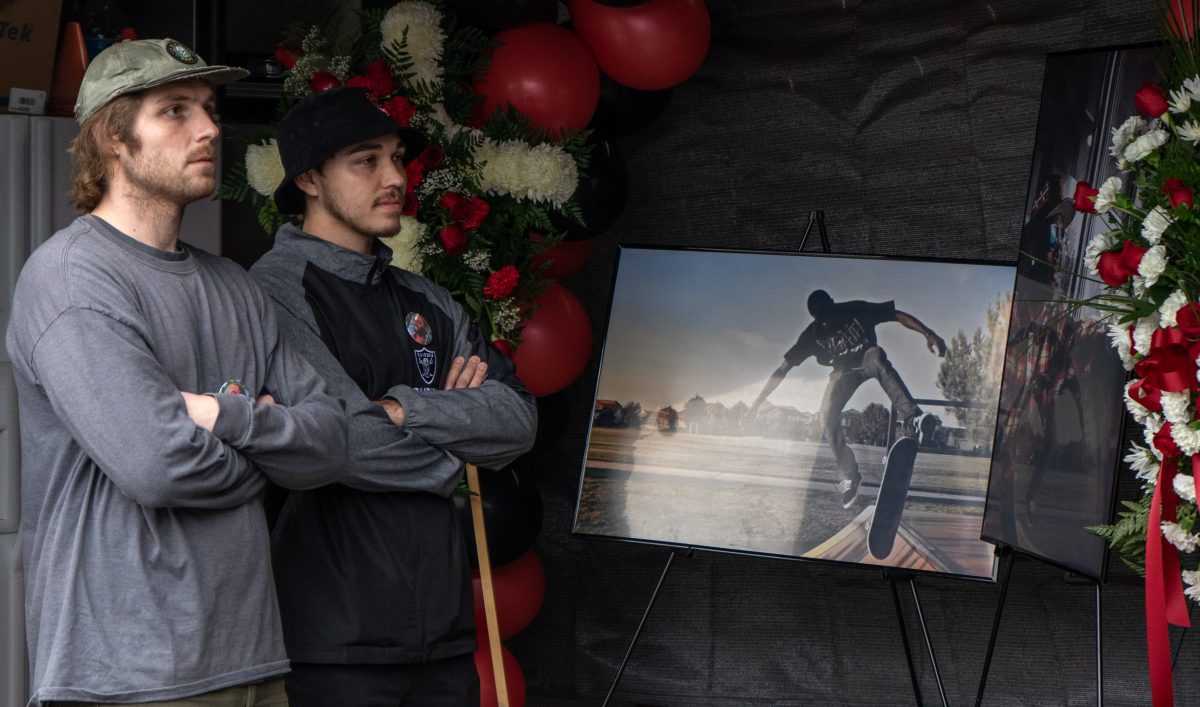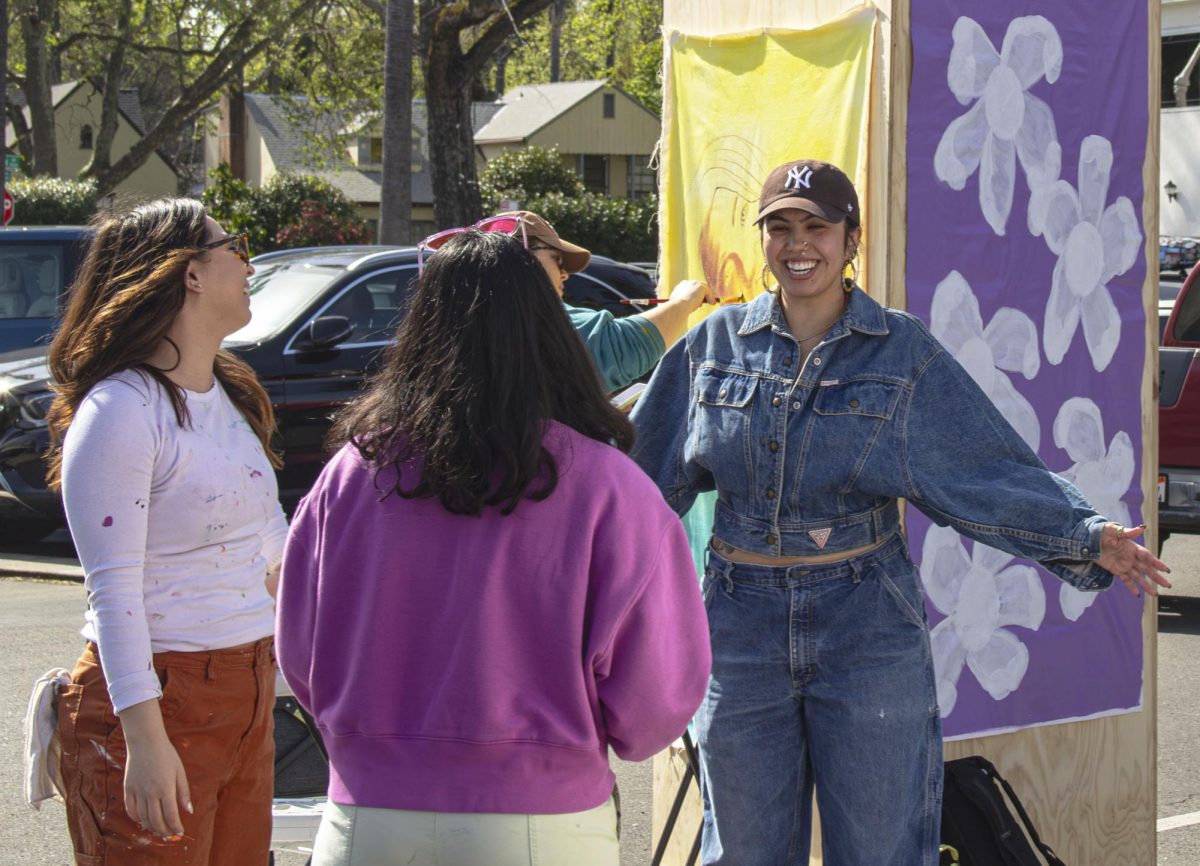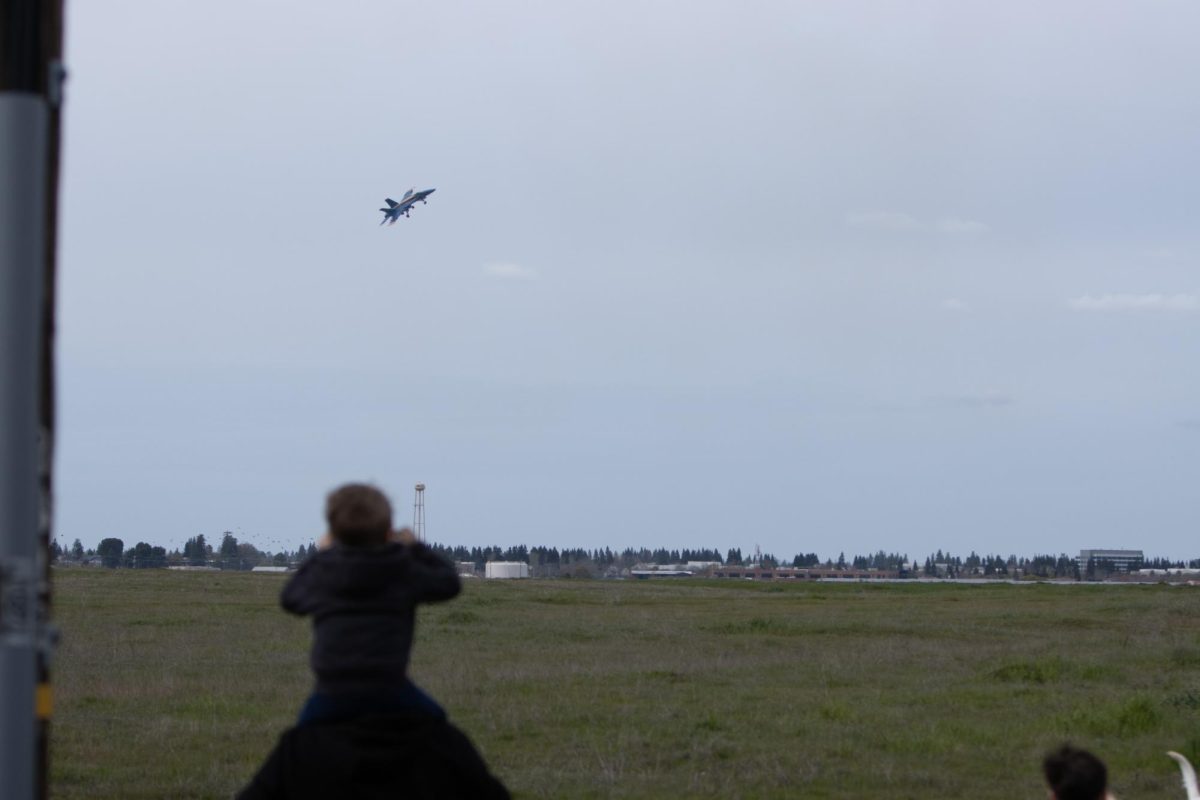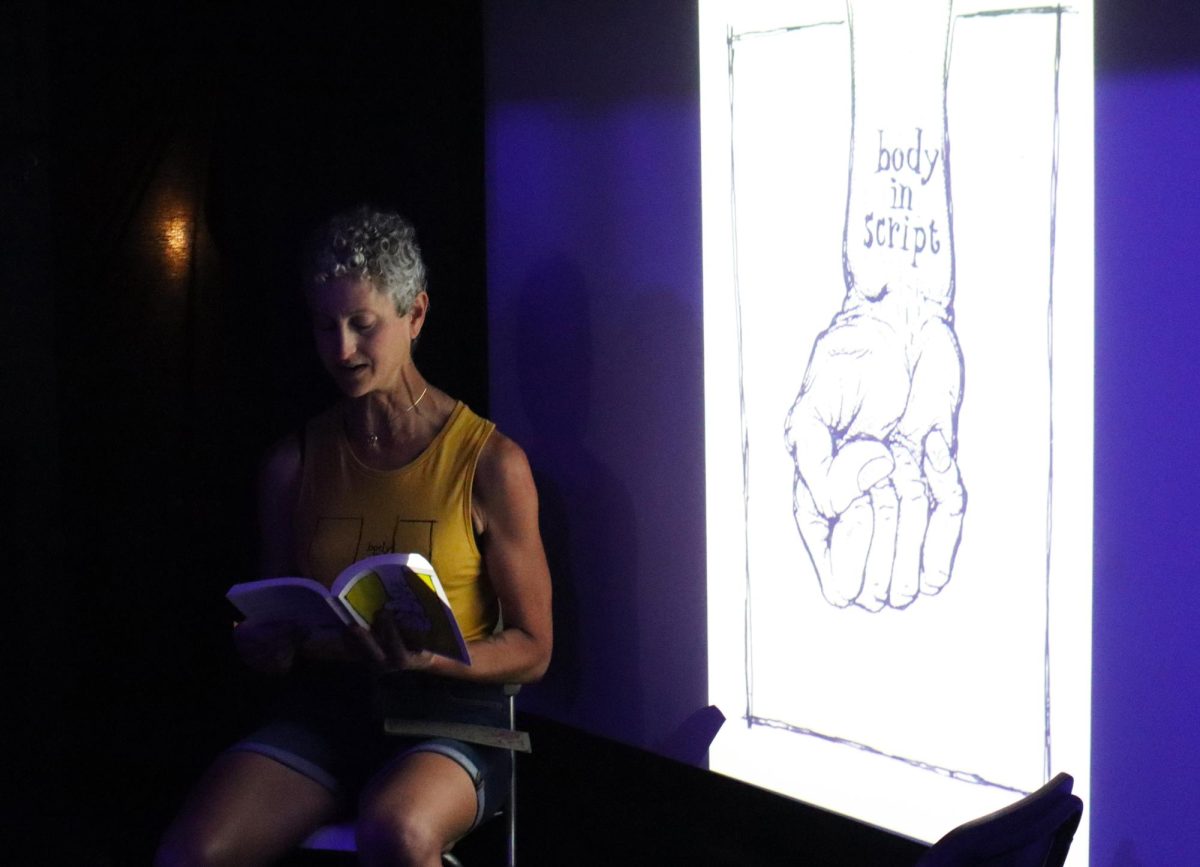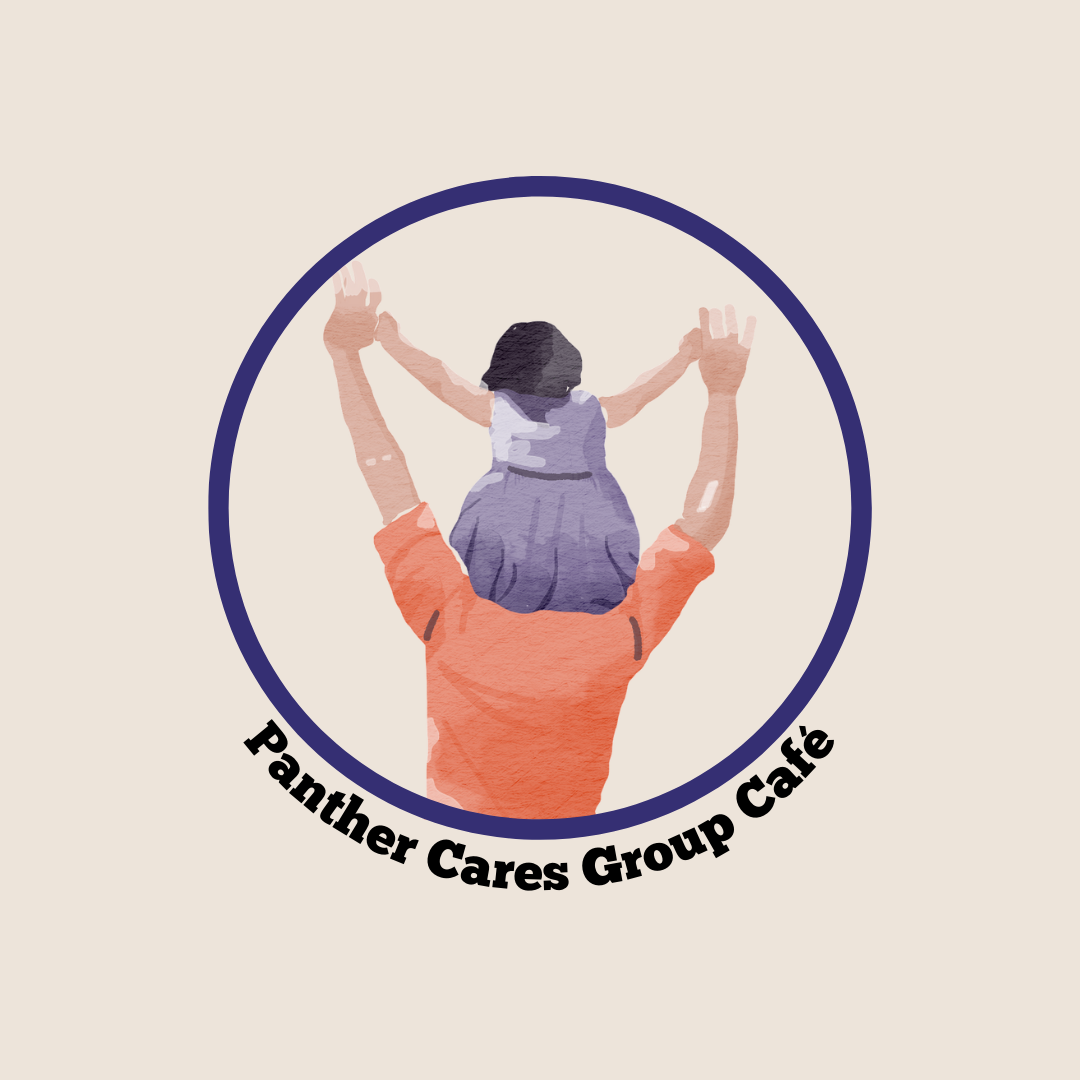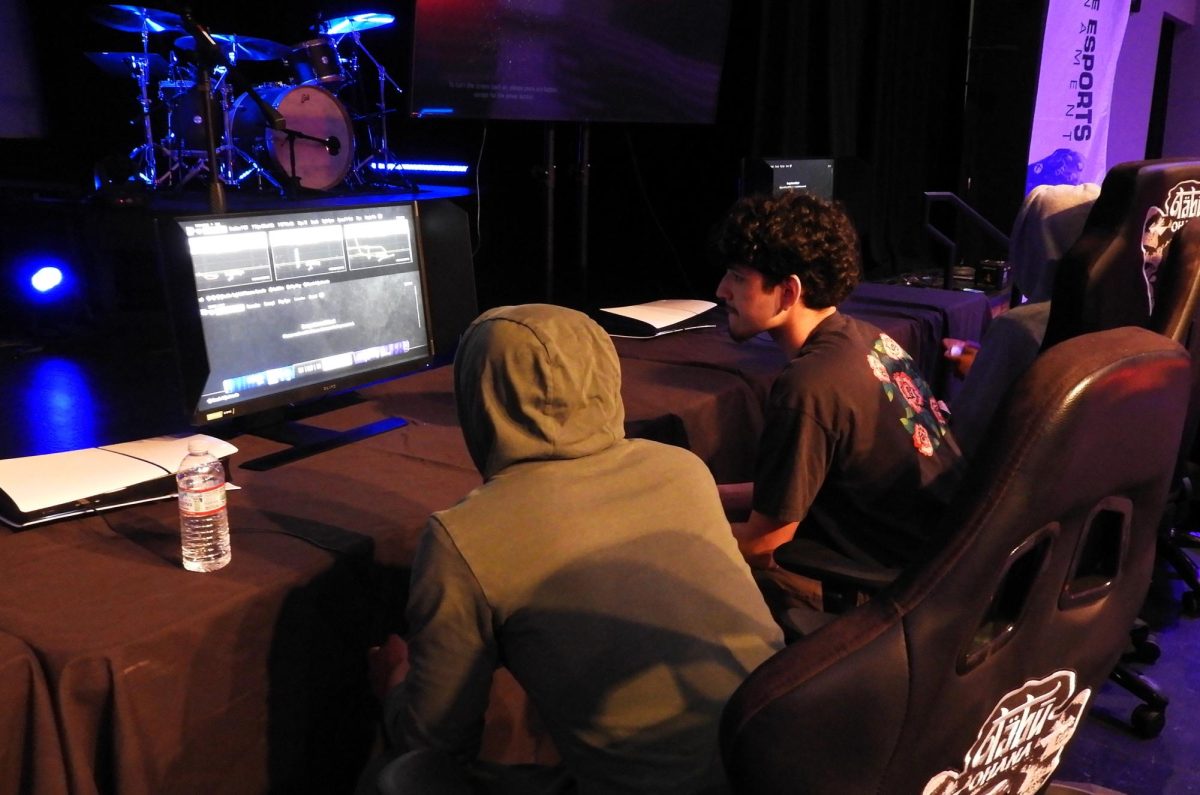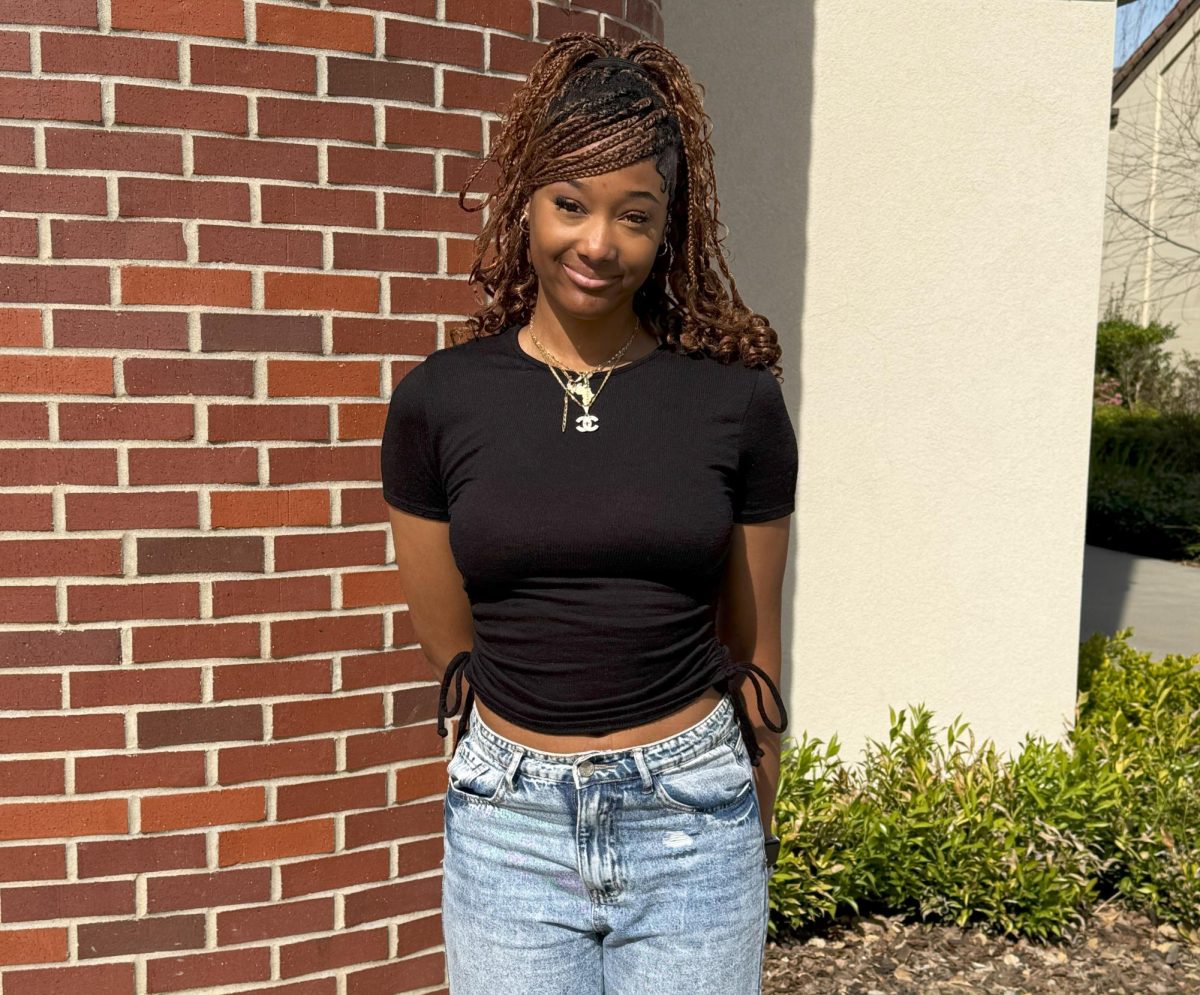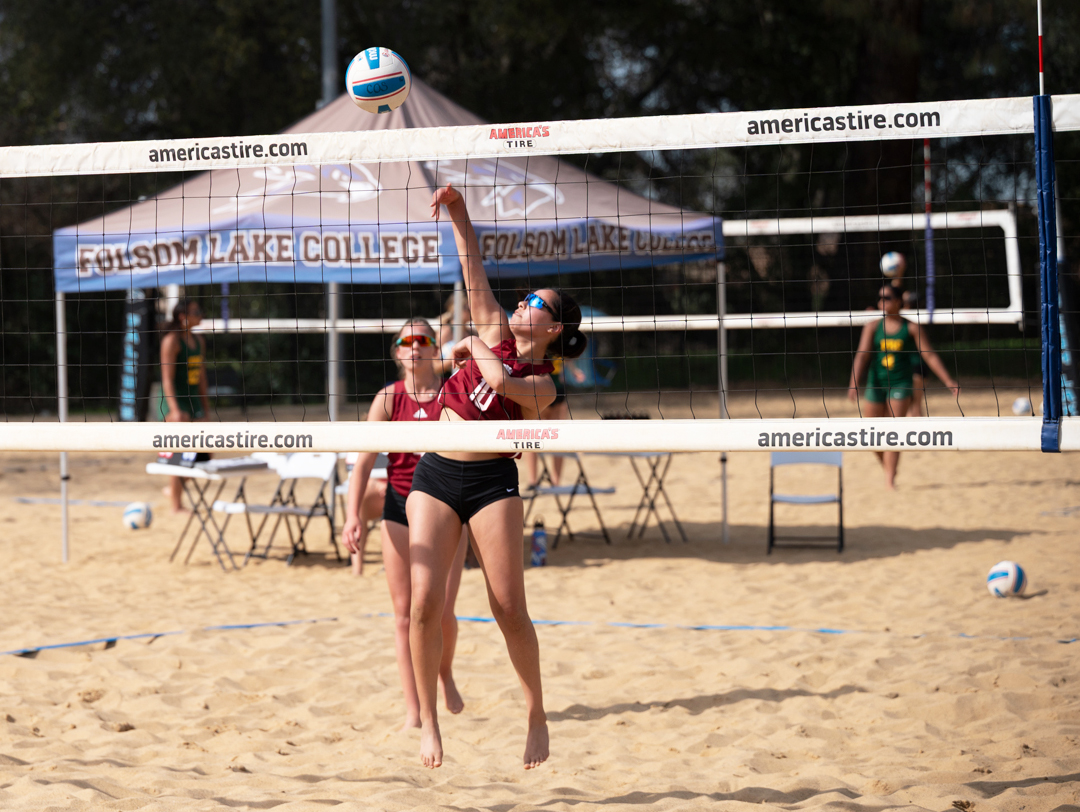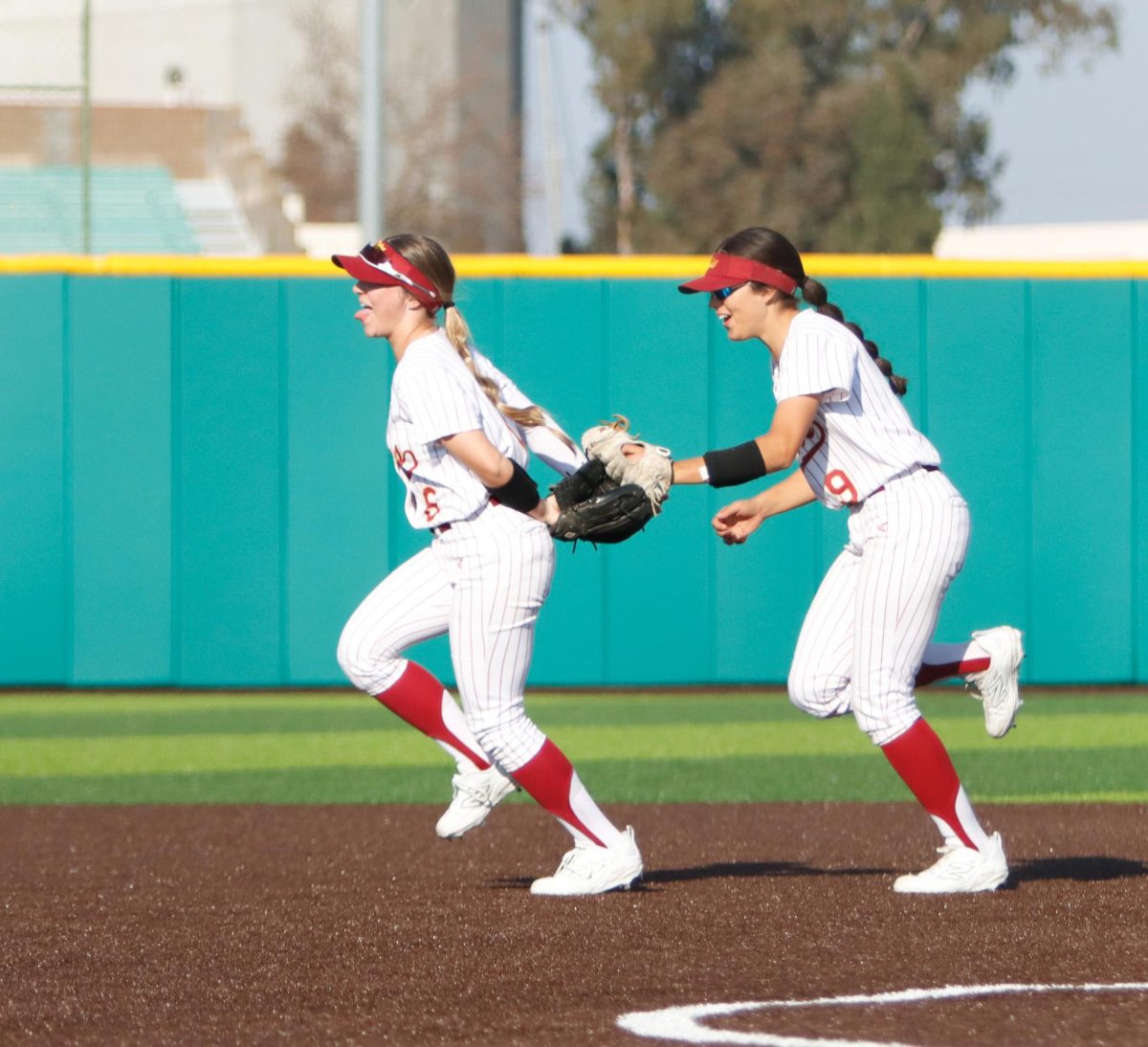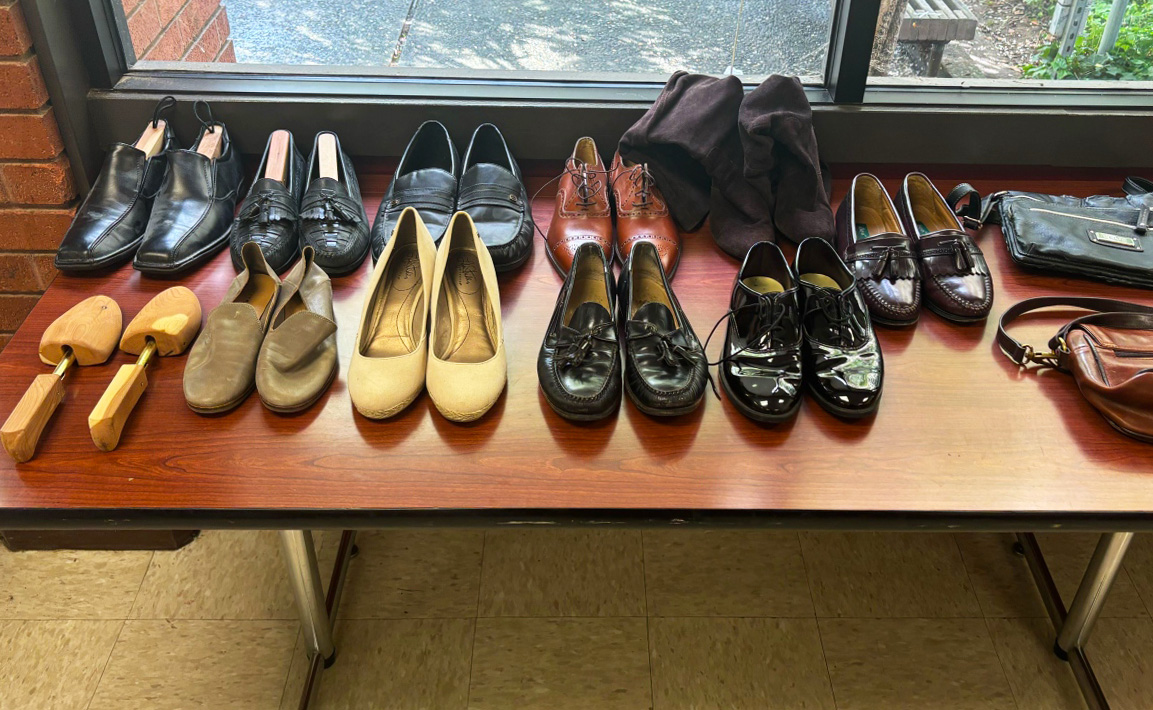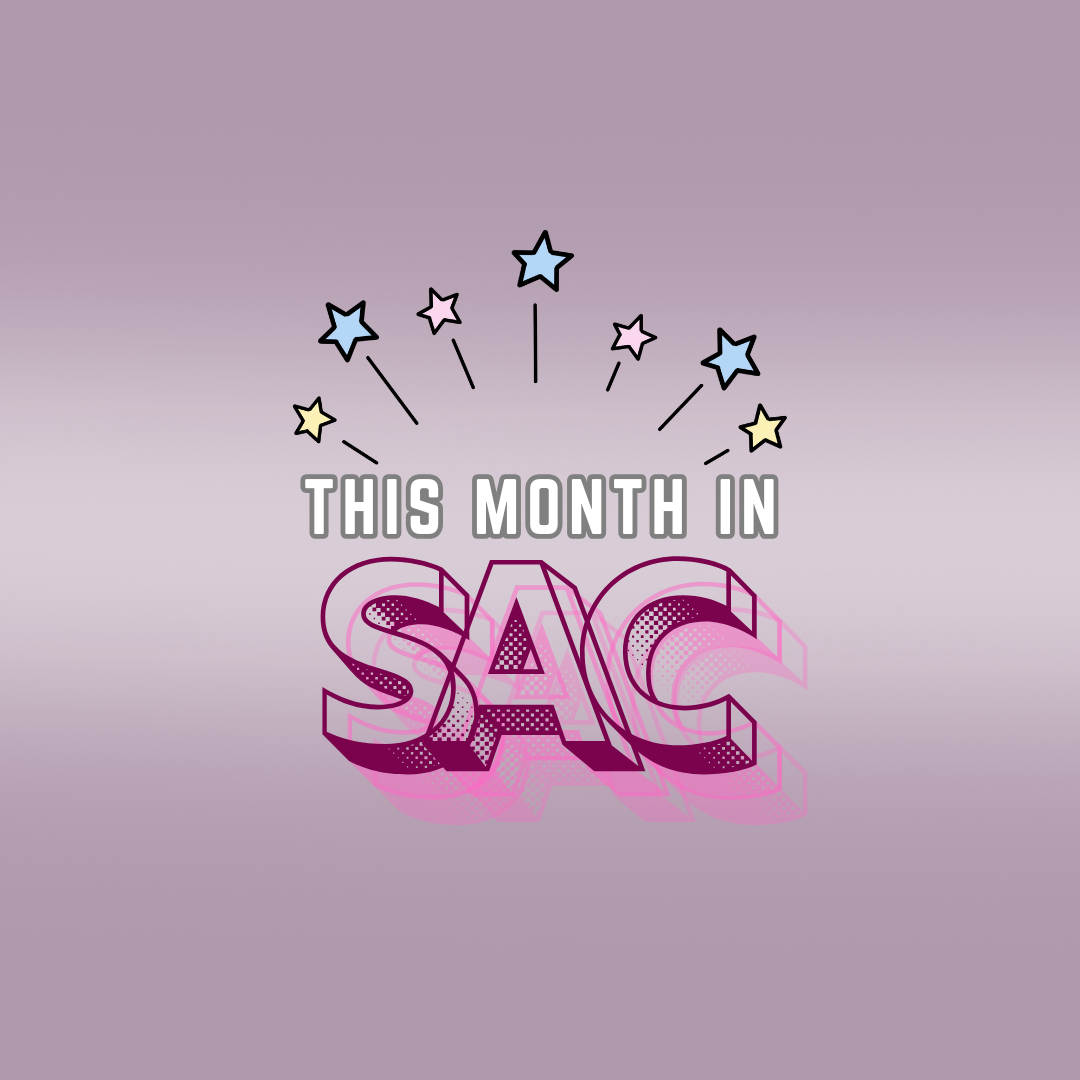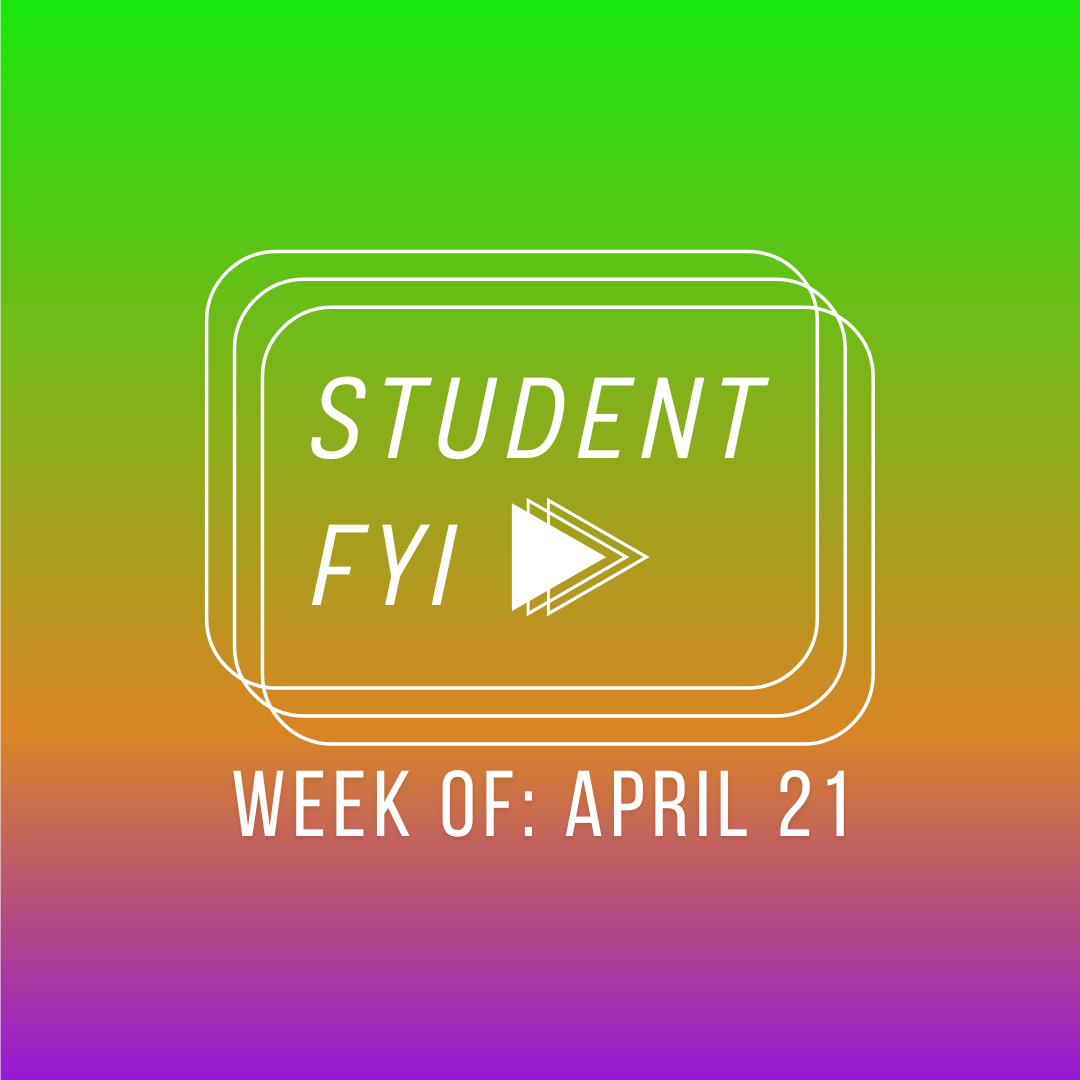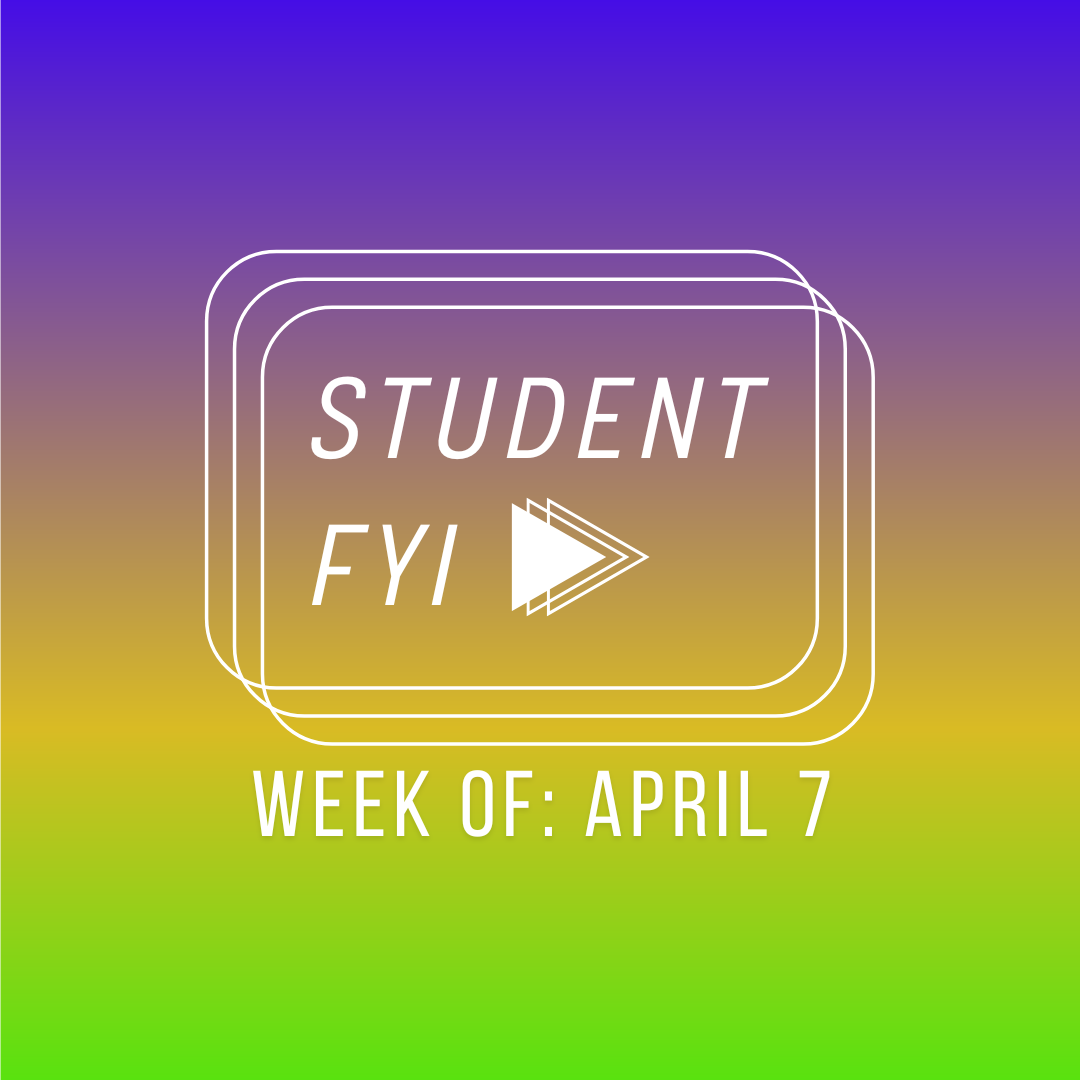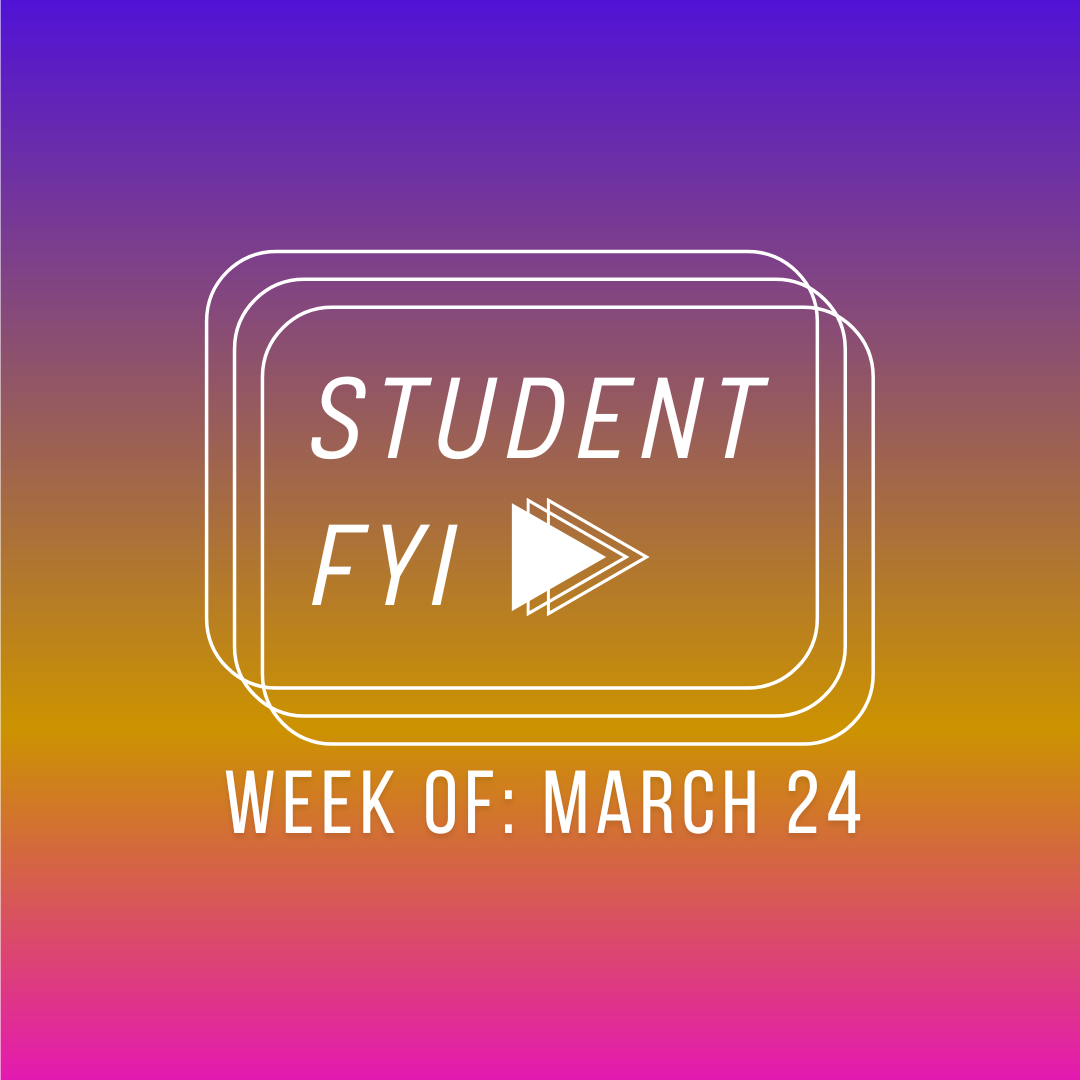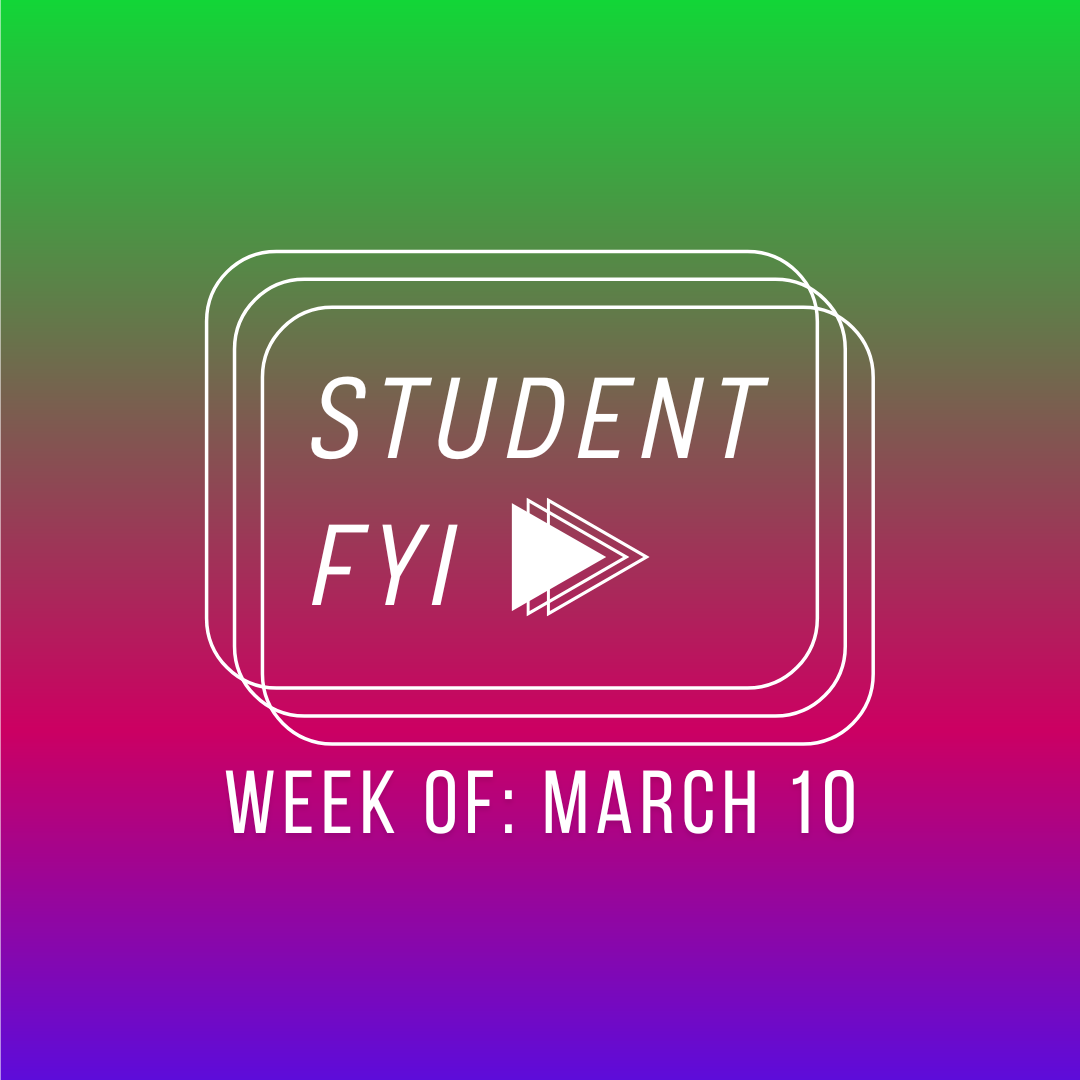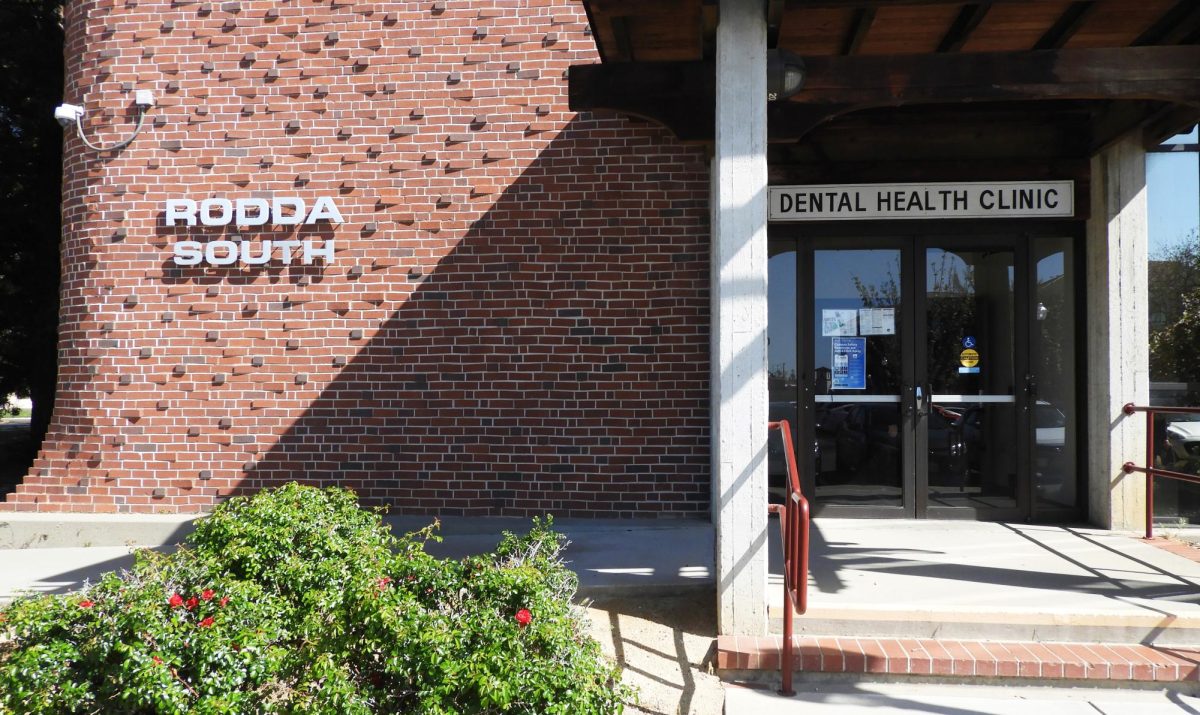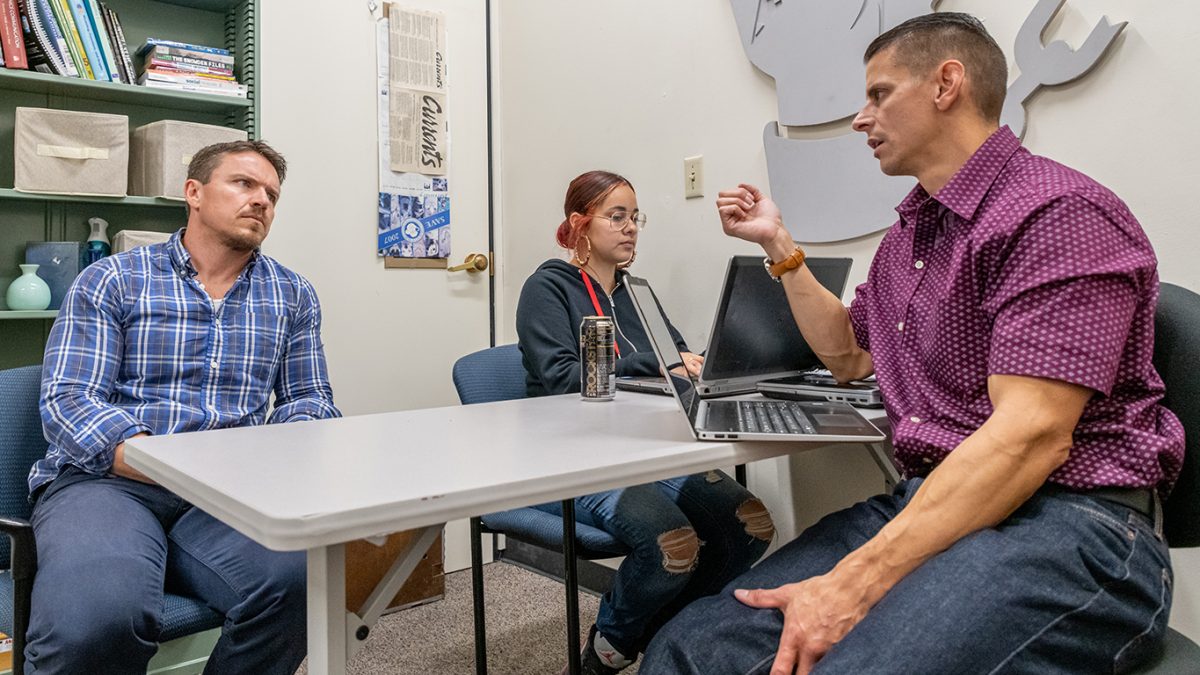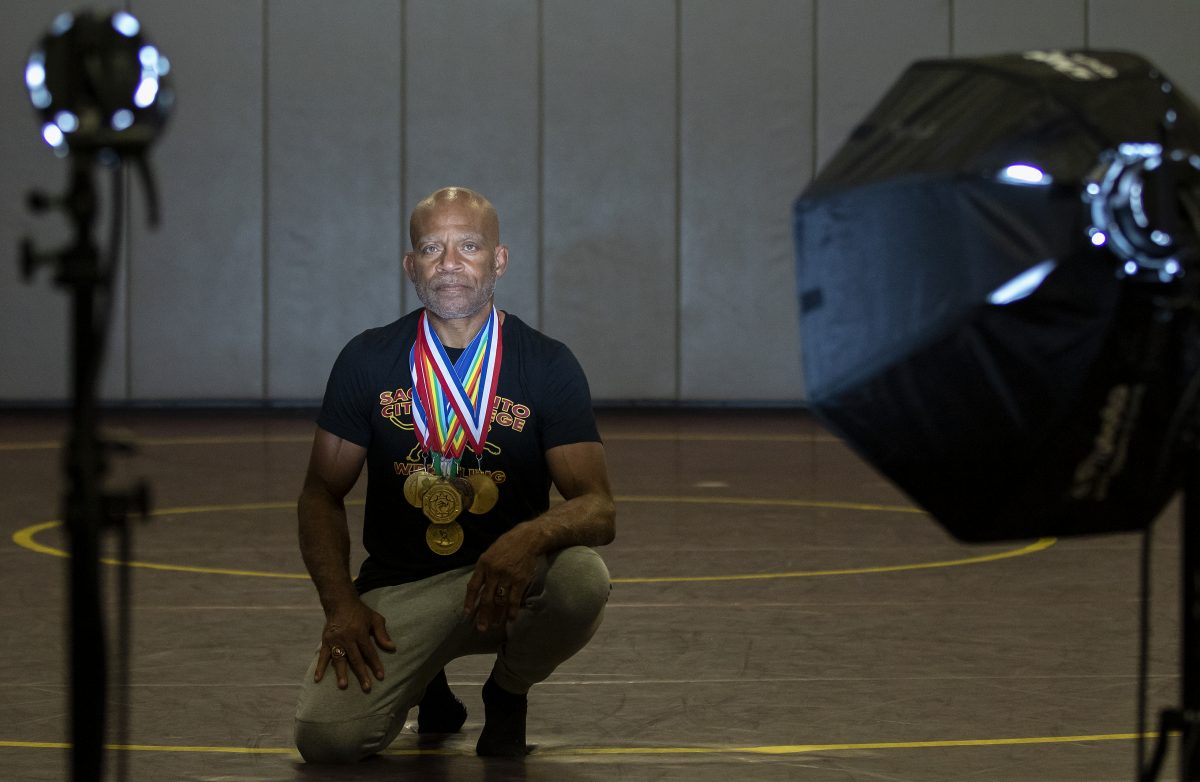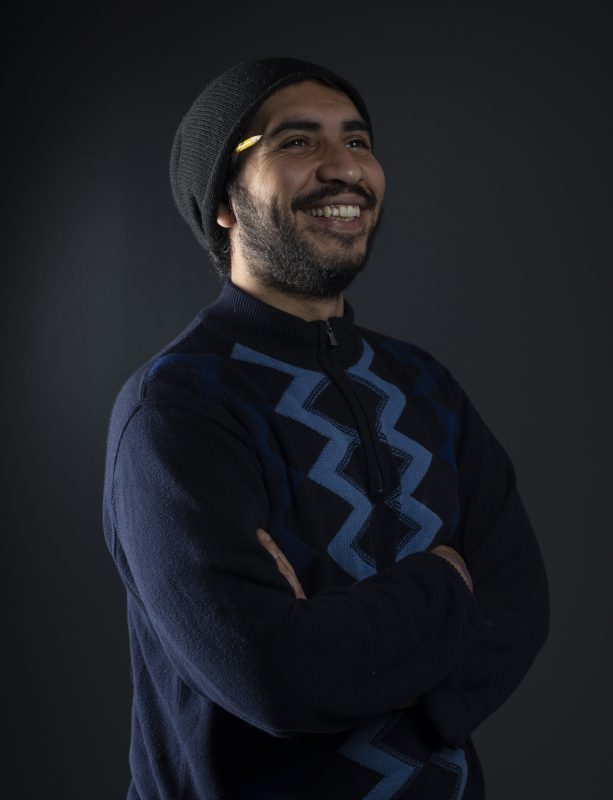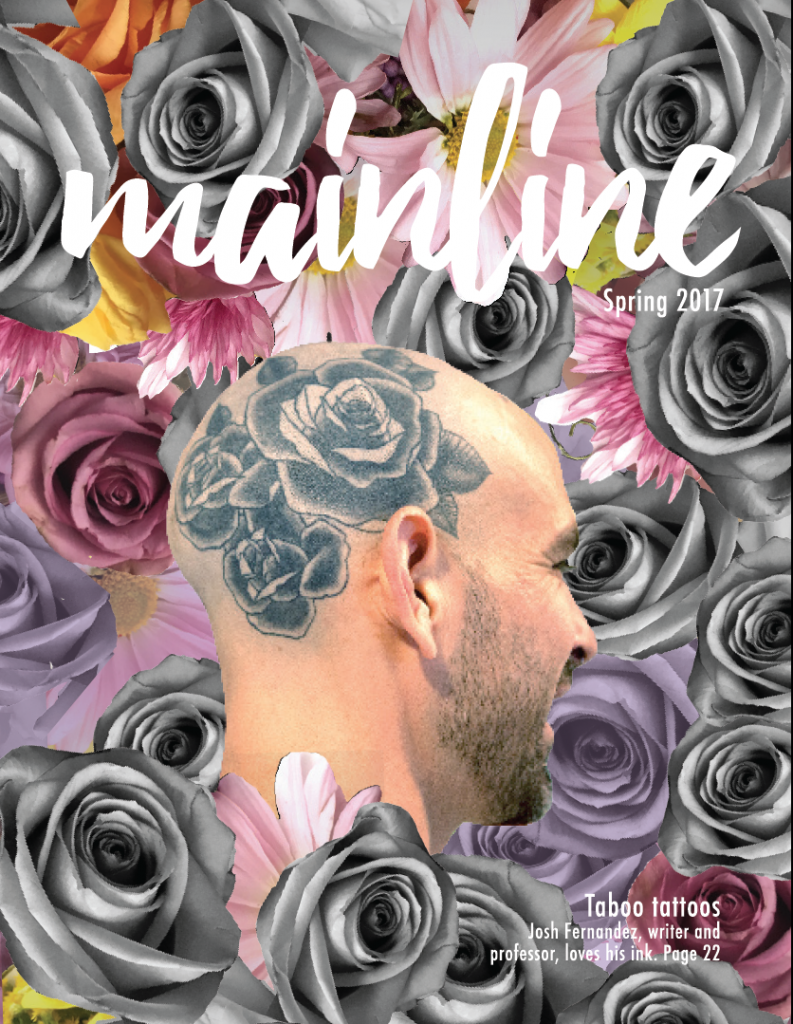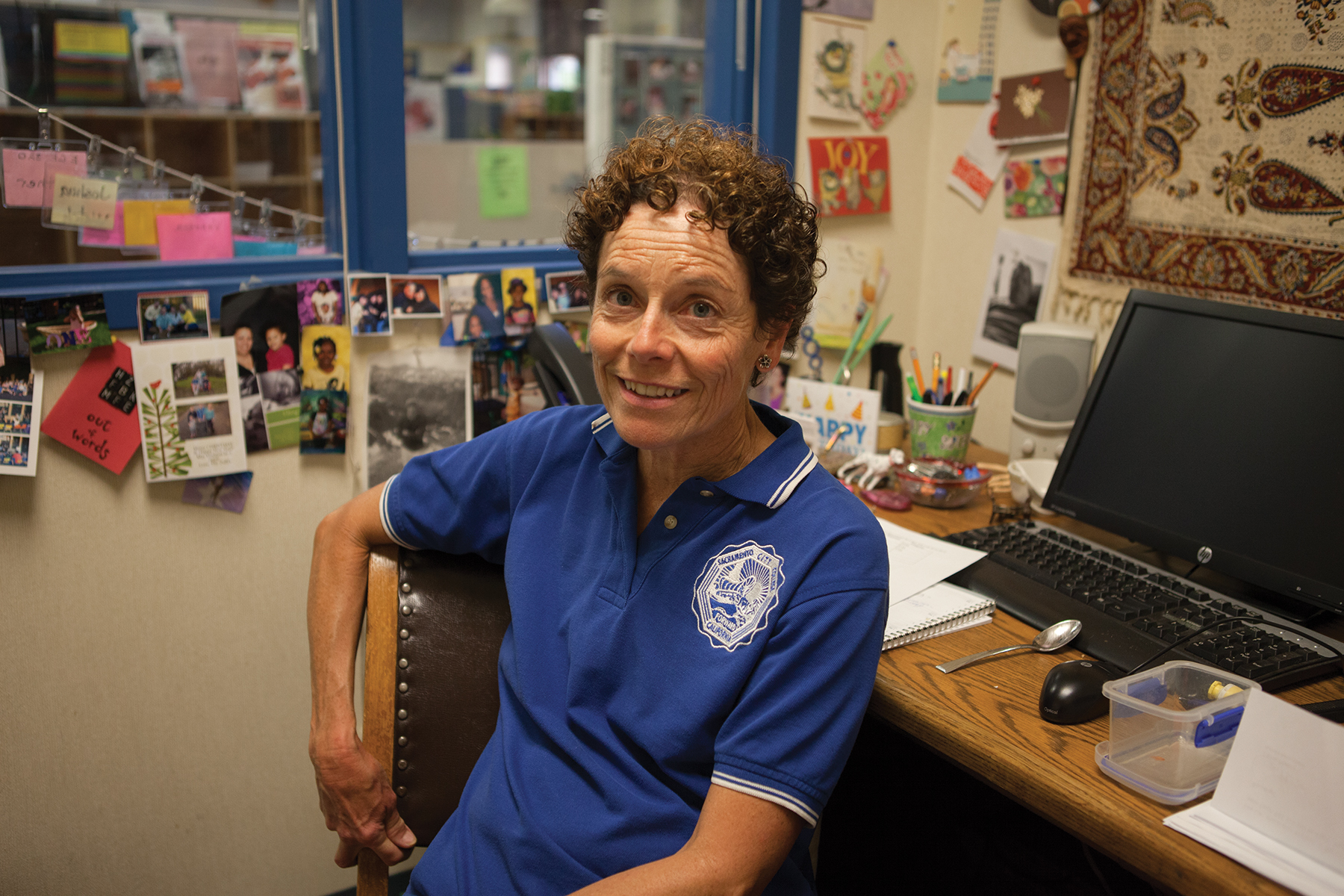
On a Wednesday morning at the Child Development Center at Sacramento City College, the doors are open and Indya Smith, the always-smiling front desk clerk, welcomes children and students into the building.
Gathering in the schoolroom, the cute-as-can-be children that Early Childhood Education professor Laurie Perry calls “the little people” free themselves from their soaking raincoats and rain boots. Perry greets the City College students, or “the big people,” with a hug and soft “hello.”
“I think it’s circle time,” Perry exclaims almost musically as everyone enters.
This happens every weekday at the Child Development Center. Originally located in the portable trailers behind the current building, the center was opened in the 1970s by Berneice Clayton, its first coordinator and namesake. According to City College Chronicles, the campus’ monthly newsletter, Clayton taught more than 8,000 students in her 25-year career.
Today, a statue of Clayton sits in front of the Child Development Center to honor the lasting impact her contributions to City College’s campus.
Like her predecessor, Perry has had a long career at City College, having already taught for 15 years. Perry is the only Early Child Education coordinator at City College, teaching adults how to be preschool teachers and professionals in the field.
Perry says the Child Development Center is often overlooked as a learning environment for real-life experiences with children and viewed as just campus day care.
“I try to emphasize that it is a teaching lab for Early Childhood Education students, not just a child care center,” she notes.
Those ECE students — Perry’s big people — round up the little people in small groups, sit them down and begin reading a sing-along stories that require a lot of jumping and clapping. As the little people carry on with circle time, Perry is off in the corner cleaning what was the finger painting station to make room for snack time.
She wipes down the table and sets it with colorful spoon, fork, bowl and cup outlines to show children where to place their utensils on instructional laminated placemats, more learning tools for the little people.
“I really want this to be an incredible environment for the children and the ECE students,” Perry says.
From Montana to California
Perry’s mornings start by replying to emails at her office desk, which is covered with stacks of student journals placed next to her blue lunch bag. Impressive art projects done by 5-year-olds are taped on the side of her file cabinets. Photographs of previous students and their children are scattered on the wall. In addition to the wall of memories, a couple of festive Christmas cards are thumbtacked next to her computer.
Perry was born and raised in Montana where she completed her college education at the University of Montana. She majored in Elementary Education with a minor in what she calls a “self-made” Early Childhood Education degree, because there were no ECE classes available.
“There weren’t any Early Childhood Education jobs either in Montana,” she recalls. “Women didn’t really work outside the home that much in Montana. I went to a couple programs to interview. They [were] awful, and they didn’t even want me because I was overqualified.”
The troubles of finding a job in Montana resulted in Perry’s move to Fresno with her sister who had two boys who needed child care. Perry’s sister convinced her to move by telling Perry about the job opportunities.
She got her first job as a preschool teacher shortly after her move. However, because of the low pay, Perry says she decided it was best to continue her studies in graduate school.
“My first job was $700 a month, and I thought, ‘I have to do something because I don’t want to live on that pay my whole life,’” Perry says.
Before obtaining her master’s degree in Child Development from the University of California, Davis, Perry studied marriage and family therapy at California State University, Fresno. Although she admits still using some of what she studied in Fresno, she ultimately decided the field didn’t interest her.
In 1991, Perry became an adjunct professor at Solano Community College where she served as the ECE program director. Later, before coming to City College, she held the same position at Napa Valley College and Yuba College, teaching the same subject to new people.
“I find myself mostly teaching about the uses and abuses of power — humans’ innate need for power, whether they are 3 or 30 years old,” Perry explains. “It’s very important that adults working with children learn to recognize when they are using power with children and learn to teach children about problem solving, cooperation and conflict resolution.”

Listen to Laurie
It’s snack time, and the little people are having freshly cut watermelon, yogurt and plastic cups of cold water. The first one to the table is a little boy named Joshua. He places two cut watermelon slices on his plate while Perry scoops a spoonful of yogurt into a plastic white bowl.
“Is it good, Joshua?” Perry asks.
With a mouth full of food, Joshua nods.
Slowly, the rest of the little people make their way to the table. Two little girls, Alyssa and Cassius, decide to play grocery shopping but start to argue over the amounts of food in each of their carts. One of the girls snatches corn from the other’s toy basket. A lab student notices the conflict and approaches the two, attempting to calm them down, then signals for Perry’s help.
“Let’s try and trade,” says Perry as she places one hand of each girl’s back. Alyssa and Cassius agree to exchange the items they don’t want.
“The mediator has to intervene to stop any hurtful words or actions, listen to both sides of the story, and try to help the participants find a solution to which they can both agree,” she says later. “I’ve used it with 2-year-olds and in board meetings. Children are not really very different from big people. Adults just forget to respect them.”
But Perry doesn’t do this alone. Her second and third pairs of hands are her interns Jeri Clark and Eddie Tanimoto, who completed both of Perry’s beginning and advanced lab classes. Clark and Tanimoto currently attend Sacramento State finishing their degrees in Early Childhood Education.
“Other teaching programs have themes, but this program is child-focused [on] how they learn,” Clark says.
Tanimoto claims that Perry has had a huge impact on his goals and education.
“She’s incredible and really cares,” Tanimoto says. “Listen to Laurie.”
Closing Time
It’s 1 p.m., the beginning of the little people’s outside activities. Perry guards the small bike shed, passing out wagons and tricycles. Meanwhile, the big people assist the little people on the plastic slides.
A couple of big people sit at the scattered blue and green picnic tables. Clark pulls a group of small passengers in her red plastic wagon along the cement pathway. Laughs and playful screams swarm the playground.
“I really would love to videotape what we do here and use it for teaching tools for students who can’t attend the laboratory,” says Perry.
Once playtime is over, it’s the end of the day for the part-time little people. The big people line up all the children to head back into the lab playroom. Perry kneels on one knee to help button the raincoats and double checks that each child’s rain boots are on the correct feet. Her work does not go unnoticed by her colleagues.
“It’s nice to watch how Laurie Perry works with kids and students and how hands-on she is,” says Lisa Garcia, childcare center supervisor.
Like most days, not once was there a cup coffee in Perry’s hands, and not once did Perry eat a meal. Instead, as the little people walked away, only an abandoned sock from a child remained with Perry.
“I’ve been in this field for a long time,” Perry says. “Let’s just say I am tall 4-year-old.”
This story was originally written by Callie Paschall and published in the spring 2016 issue of Mainline magazine.

